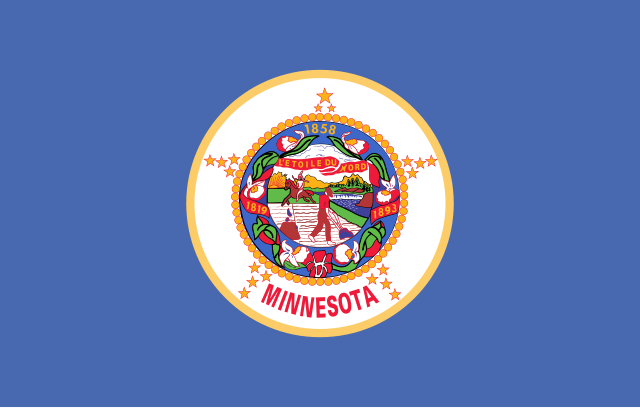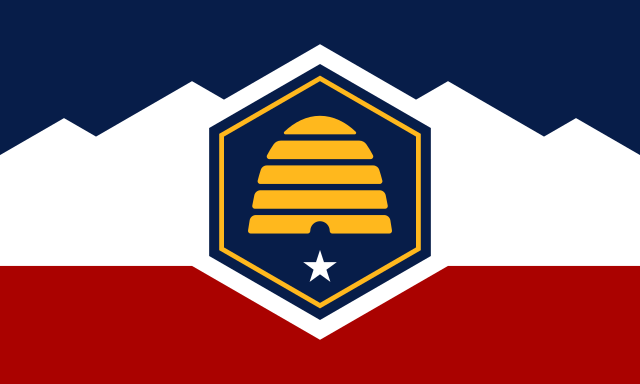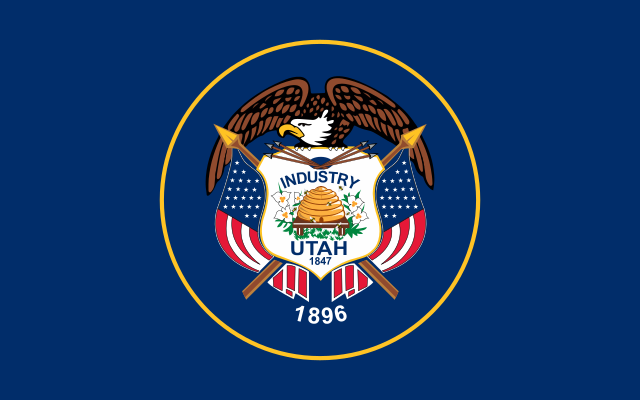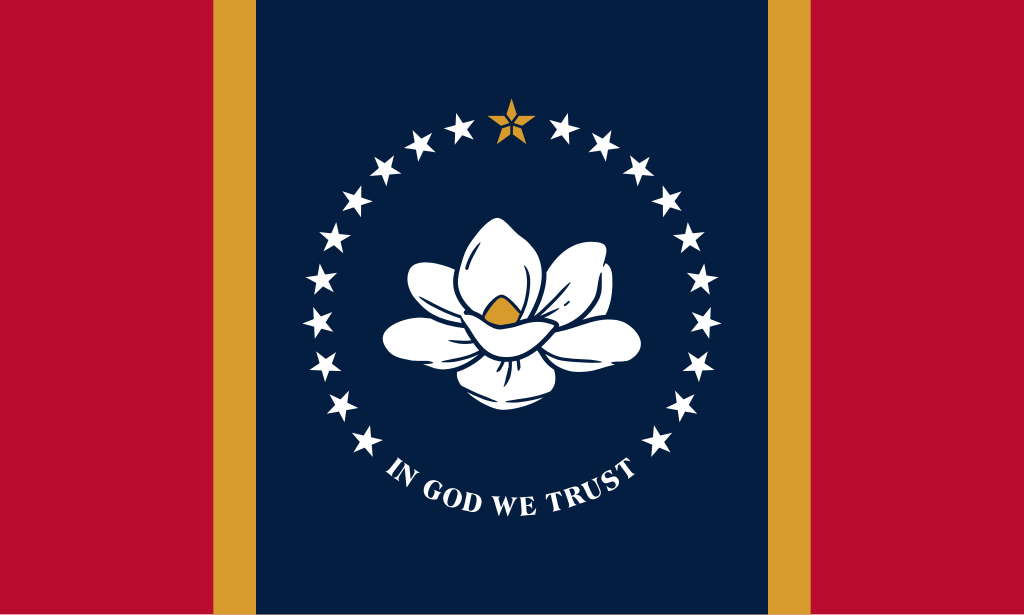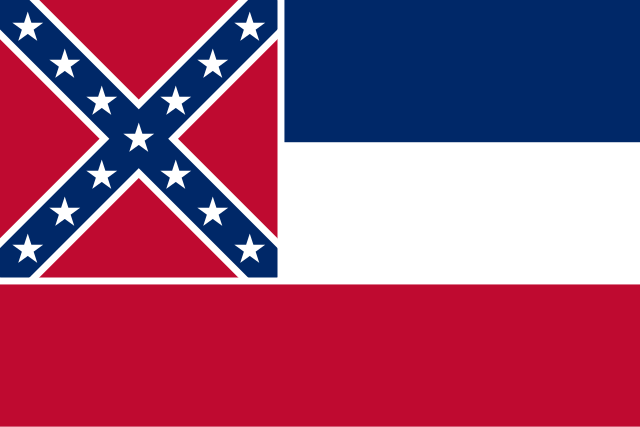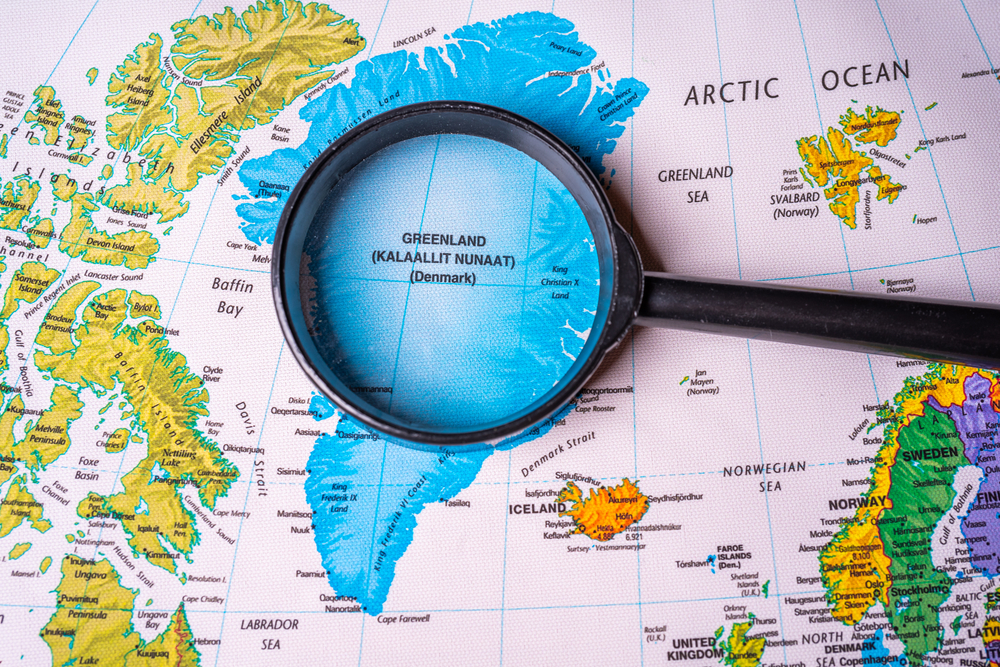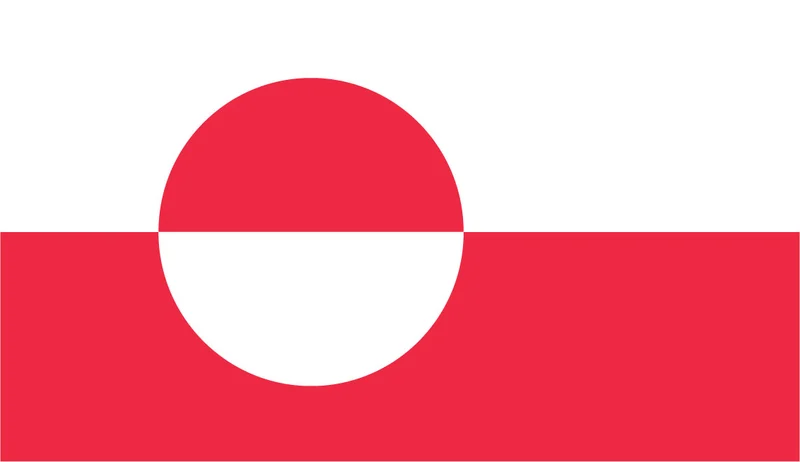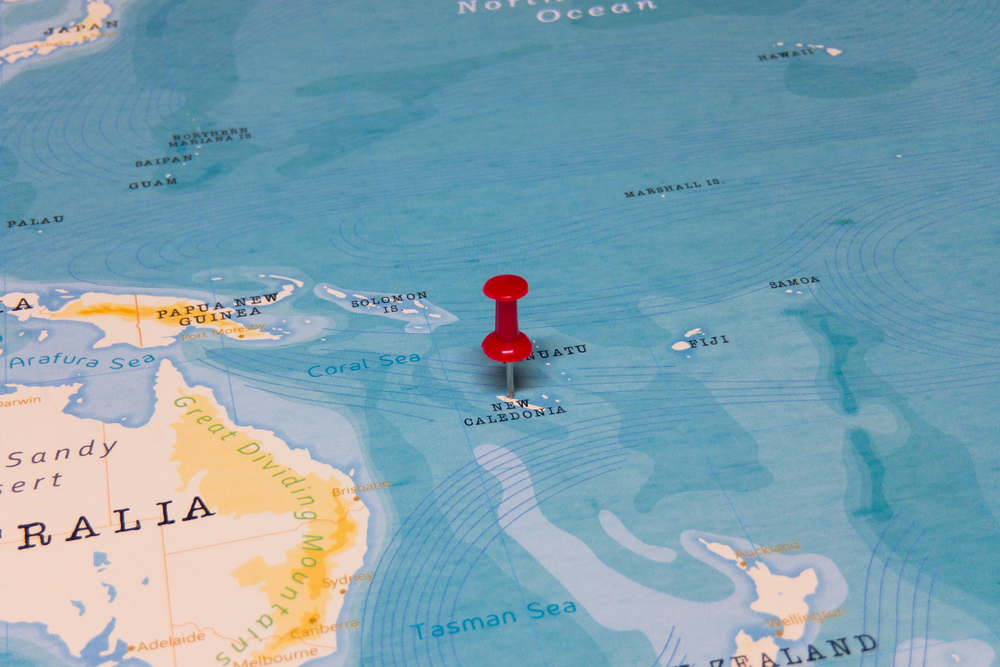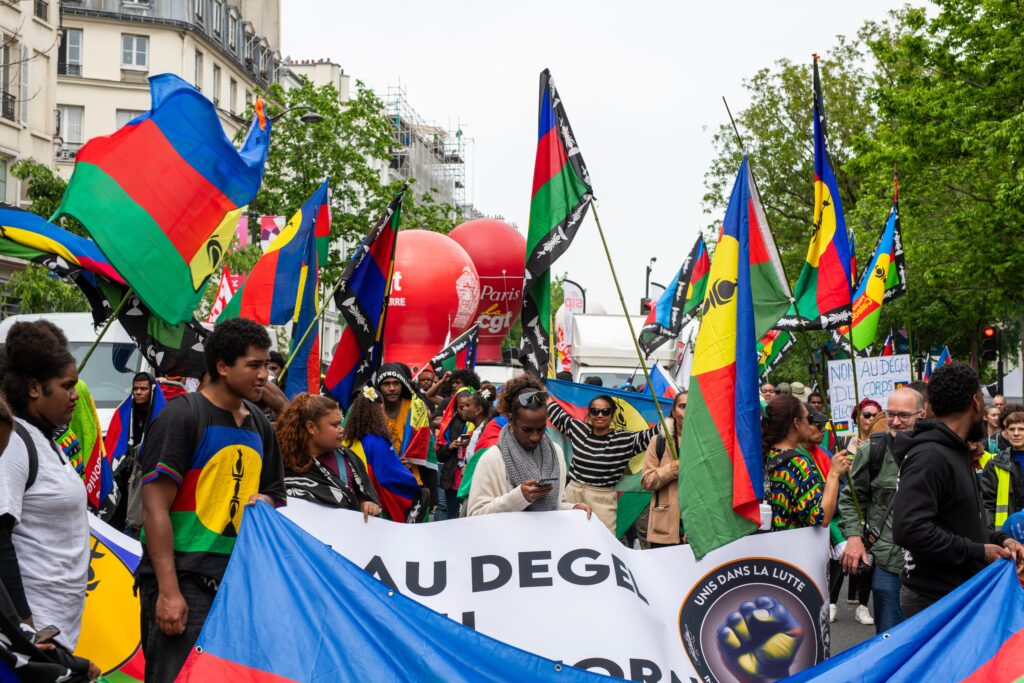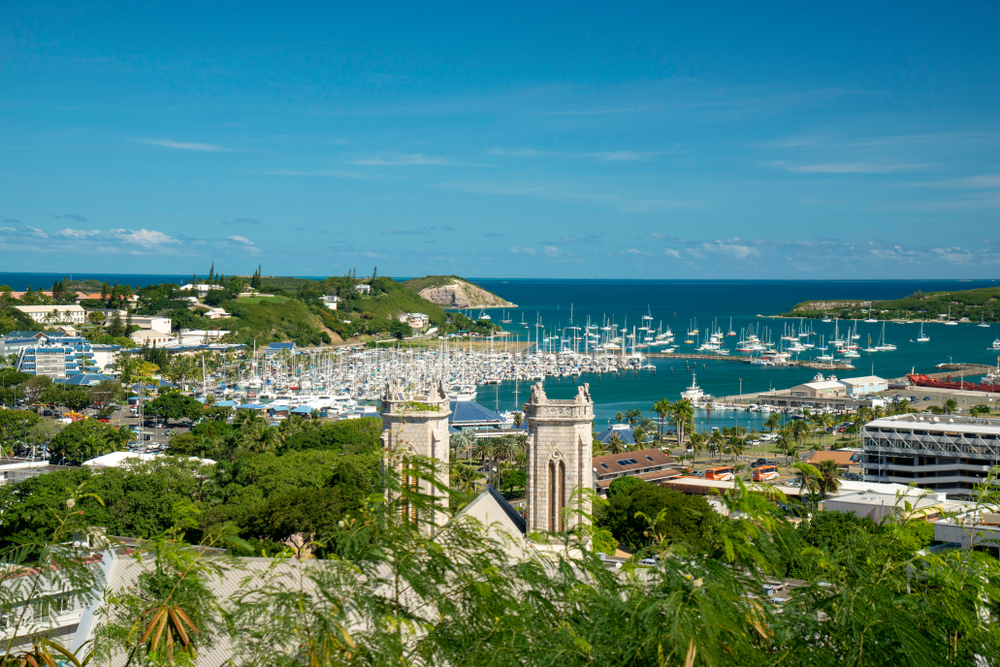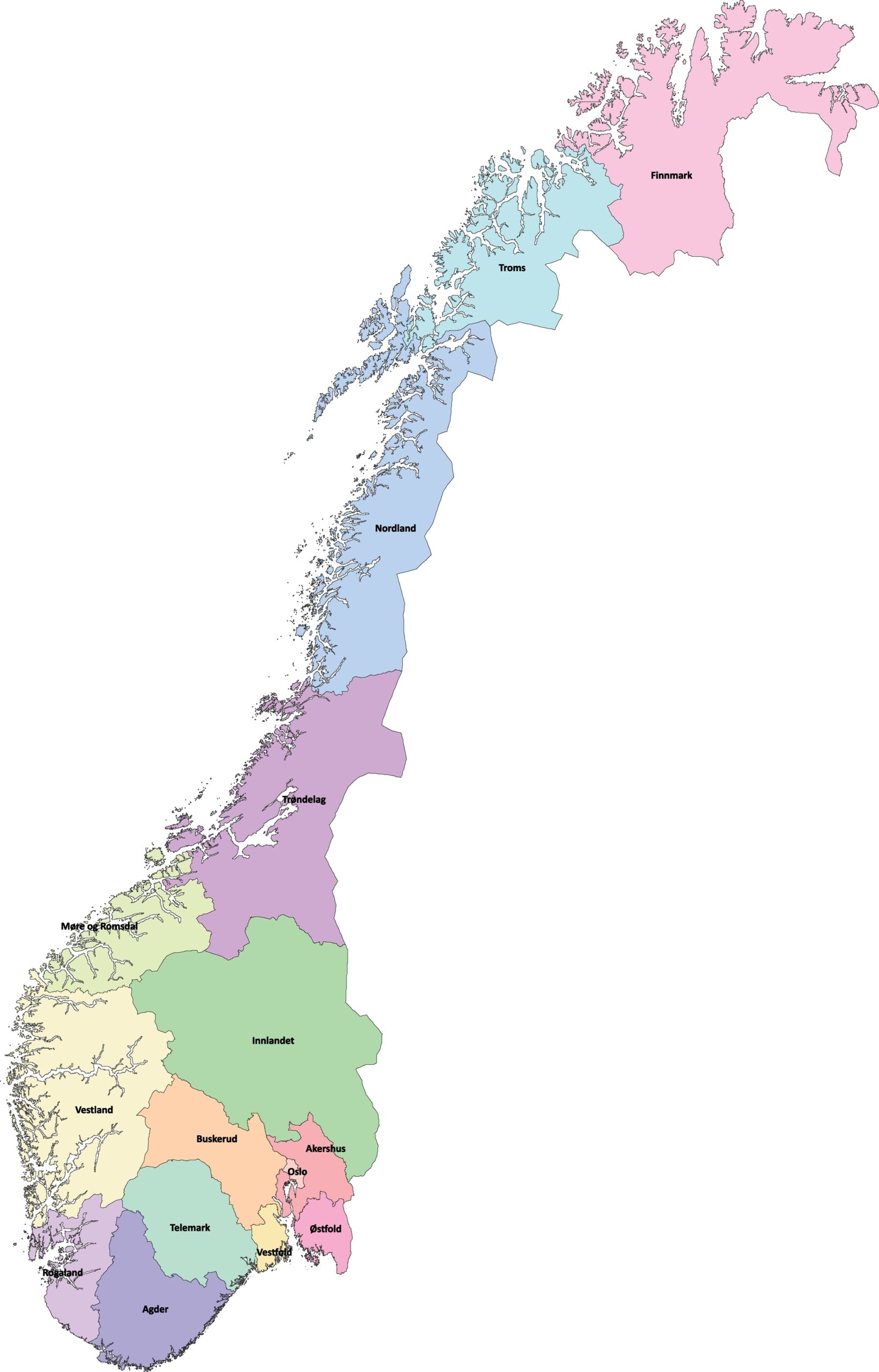
The fylke reforms in Norway, effective from January 1, 2020, marked a significant restructuring of the country’s administrative divisions. The number of counties (fylker) was reduced from 19 to 11, with the goal of streamlining governance, optimizing resource allocation, and promoting regional cooperation. This was one of the most extensive reforms in modern Norwegian administrative history.
Several counties were merged to form larger administrative units. For instance, Akershus, Buskerud, and Østfold were combined into the new county of Viken, while Troms and Finnmark became Troms og Finnmark. Other regions, such as Vestfold and Telemark, also joined to create unified counties. The reform was based on the idea that larger administrative units could better address economic and social challenges by pooling resources and expertise.
Criticism and Challenges
Despite the intentions behind the reform, it faced criticism from various groups. Many argued that the new structures disregarded historical and cultural identities tied to the original counties. Local politicians and residents in some areas expressed concerns about the centralization of power and the loss of local representation. Additionally, the mergers led to practical challenges in coordinating services across larger and more diverse regions.
Reversals and Adjustments (2024)
Public dissatisfaction with the reform eventually led to changes. As of 2024, some merged counties, such as Viken, have been dissolved, and the original counties reinstated. There are now (2025) 15 fylken in Norway. The fylke reforms remain a debated topic in Norway, reflecting the tension between modernization and tradition.

